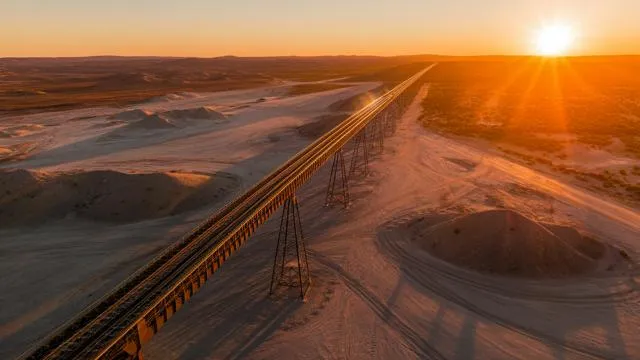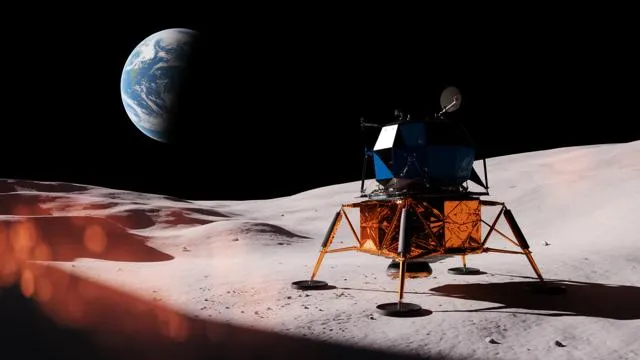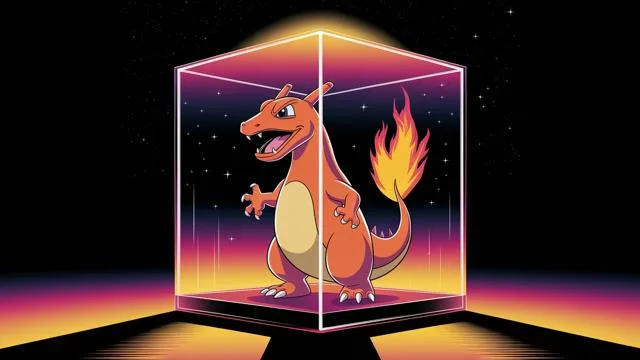In a startling revelation that underscores the fragility of our natural ecosystems, recent research has unveiled a dramatic decline in butterfly populations across the United States. This decline, described by experts as 'catastrophic,' signals a broader environmental crisis that could have far-reaching implications for biodiversity and human well-being.
The study, which represents the first comprehensive national analysis of butterfly populations, found that since the year 2000, the number of butterflies has plummeted by 22%. This decline is not uniform across all species, with some experiencing even more severe losses, while a scant few have seen their numbers increase.
The research, drawing on data from over 76,000 surveys conducted across 35 monitoring programs, paints a grim picture of the state of butterfly populations in the Lower 48 states. The findings suggest an average annual decline of 1.3% in butterfly numbers, a rate that, while seemingly modest, compounds to a significant loss over time.
Among the species most affected are the red admiral and the American lady, with declines of 44% and 58%, respectively. Even the invasive white cabbage butterfly, known for its resilience, has seen its numbers halved.
The causes of this decline are multifaceted, with habitat loss, climate change, and the widespread use of insecticides identified as primary culprits. The situation is particularly dire in the Southwest, where butterfly populations have decreased by more than half over the past two decades. This region, characterized by its dry and warm climate, appears to be especially inhospitable to butterflies, with species that inhabit both the hotter South and cooler North faring better in the latter.
The implications of this decline extend beyond the loss of these beautiful creatures. Butterflies play a crucial role in pollination, and their disappearance could have cascading effects on ecosystems and agriculture. Moreover, butterflies serve as indicators of environmental health, and their decline may signal broader issues affecting other, less-studied insect populations.
Despite the grim findings, there is hope. Experts emphasize that through concerted conservation efforts, including habitat restoration and the reduction of insecticide use, it is possible to reverse the decline of butterfly populations. Such efforts not only benefit butterflies but also contribute to the health of ecosystems and the well-being of future generations.
The plight of America's butterflies is a call to action, a reminder of the interconnectedness of all life and the urgent need to address the environmental challenges facing our planet.










